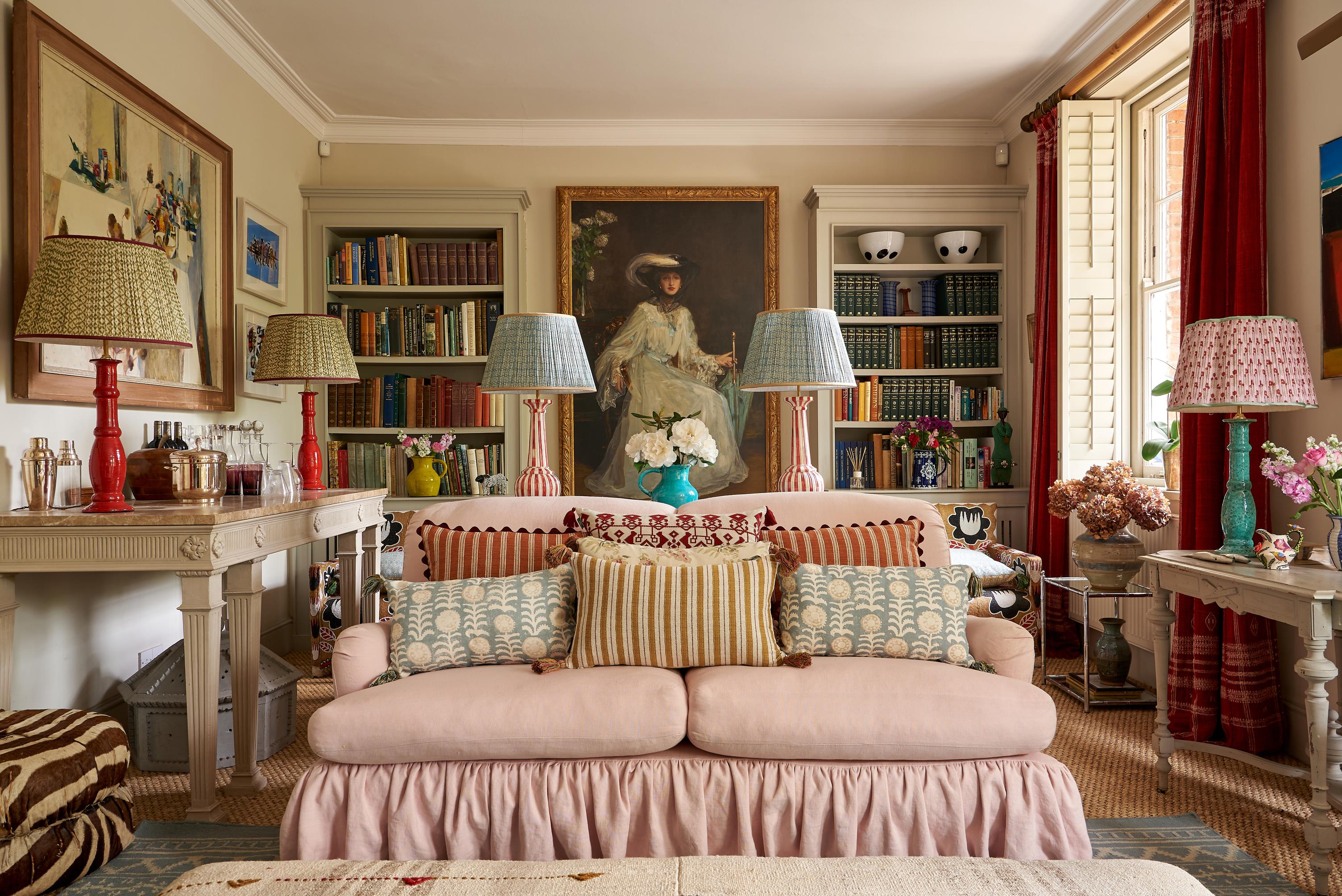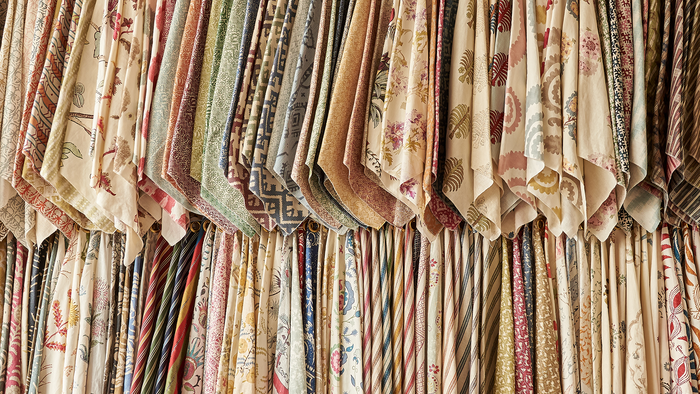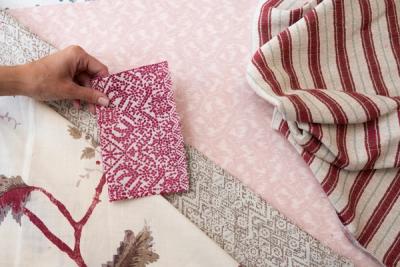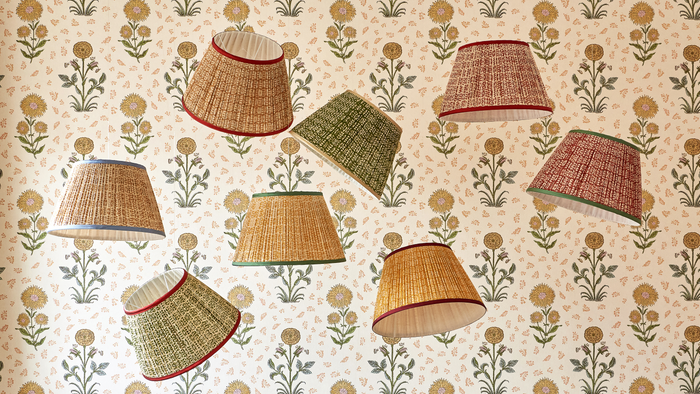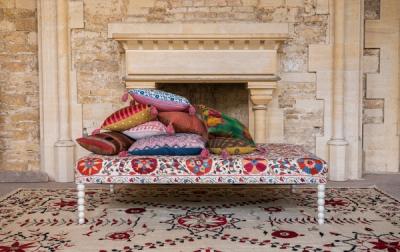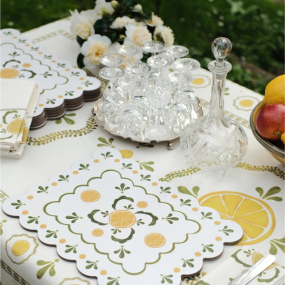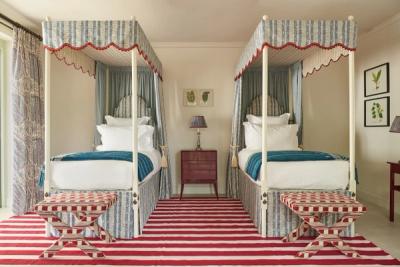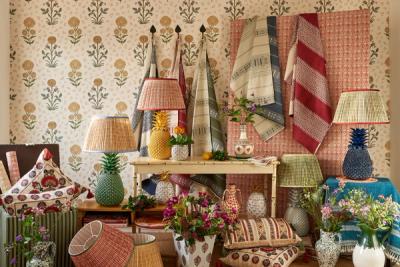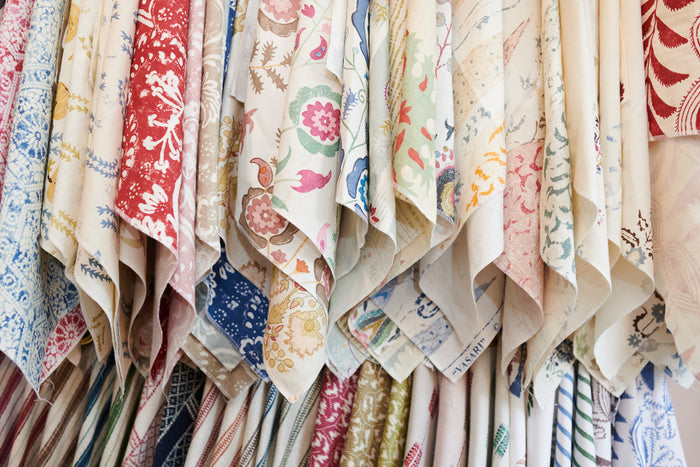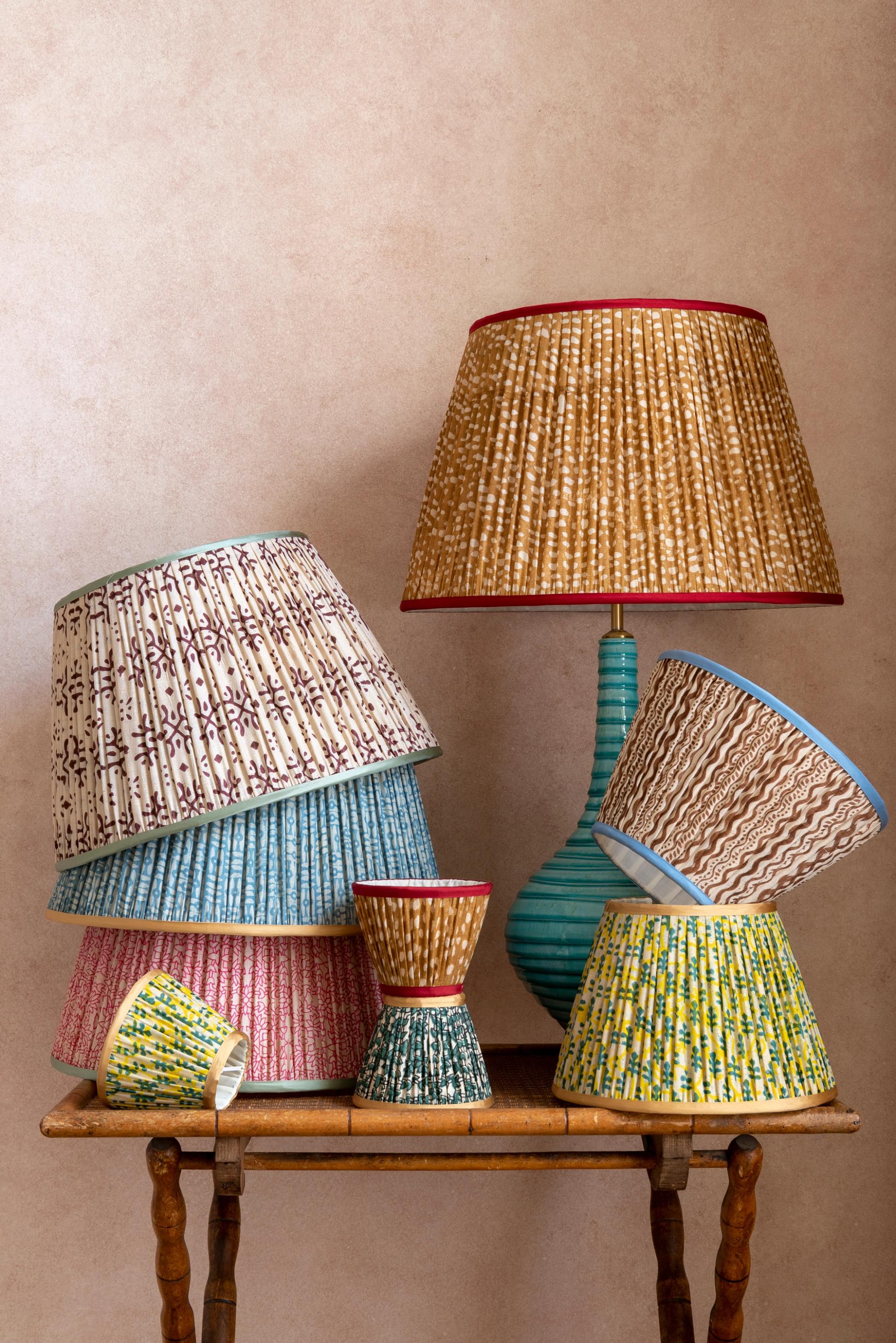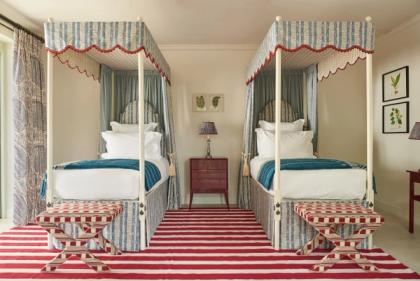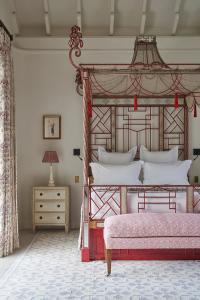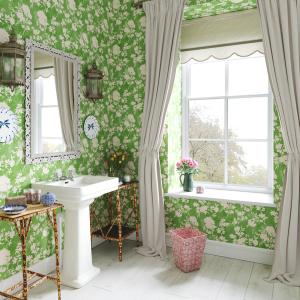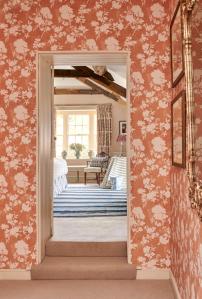Decoration
How to Light Those Tricky Areas in the Home
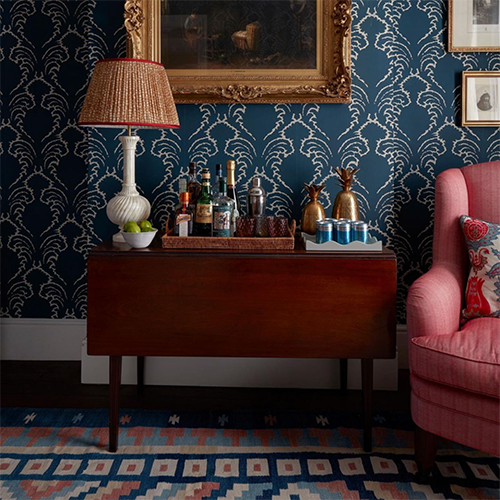
How to Light Those Tricky Areas in the Home
It’s funny how a home’s unique, slightly awkward features can represent a selling point before we move in, and an (admittedly minor) bone of contention after. We’re talking, of course about the tricky areas – the alcoves, recesses, acute corners, low ceilinged areas, poky, windowless areas, decommissioned fireplaces, and plain old dim corners.
Now, first things first, there’s nothing wrong with a bit of shadow to contrast the light. A room that is lit evenly throughout will often look a little odd, unless it’s a public, utilitarian space like a waiting room or office.
Homes are supposed to offer a more relaxed, welcoming environment – a space you can just sink into – and one of the best ways to achieve that is to layer your lighting, play with that juxtaposition between brightness and dimness, and avoid relying on the overheads so much that the entire space is lit like a photography studio.
That said, however, there is a limit. Too dark, and those poky areas will just look, well…sad. Any décor you have placed there in an attempt to cheer the space up will simply lose its impact and go unnoticed.
That’s why we’re a fan of cutting those losses and turning the darkest areas of the room into the brightest. Done right, you’ll retain that sense of dimension, but gain new areas to turn into features.
What’s the Best Lighting Option for You?
There are plenty of ways to bring a small, concentrated source of light into a space – and some are, in our experience, far more effective than others. Spotlights and task lights offer very different aesthetics, but they both fulfil a very similar role, in that they offer a very intense, directed beam of light.
For us, these downward-directed beams of light are best-suited to the undersides of shelves and kitchen cupboard (in the case of spotlights), where the ‘mechanics’ – e.g., the lights themselves – can’t be seen. In the case of task lights, they generally look out of place if they’re not beaming down on, say, a desk, a piano, or a workstation of some sort.
Wall sconces are a little less focussed than the two options above, and can be particularly effective if they’re angled onto a painting or piece of wall art.
The most versatile options, however, are the floor or table lamps. Floor lamps can be a little trickier since they (obviously) take up floor space. Lamp bases small enough to sit on your existing furniture will blend with the rest of the décor more seamlessly, and sit at the perfect height to brighten the surrounding area. Remember that, while a floor lamp can bring light to an area, it probably won’t be able to light the smaller recesses – for that, you need to place the light source within the recess.
What About the Shade?
‘Naked’ bulbs have been on trend for a while, but it’s all too easy for them to prove a little too overwhelming – particularly for a smaller space. It’s great to see that twisted filament glowing, but only if you can keep it dim enough not to dazzle the room’s inhabitants.
Ultimately, we still consider ourselves to be fans of the lampshade – and of directing your light source up and down, rather than straight out at eye level.
The right lampshade will be well proportioned to your lamp base – around 30-40% of the height of the base and bulb combined. The bulb won’t be visible poking out the top of the shade (this can look a little thrown-together, rather than carefully planned).
Laminated paper will allow a gentle glow to emanate through the shade, particularly noticeable in dimmer light, while, thanks to their thickness, pleated shades tend to be a little opaquer.
Don’t be Afraid to Bend the Rules
There are no real ‘rules’ about lamp placement, but it seems fair to say that most lamps will find their way to sideboards, bureaus, mid-level shelves and dressers and, generally, any piece of furniture that will place the lamp at (or just above) eye level.
It’s obvious why — but it’s worth reminding yourself, when it comes to these ‘trickier’ areas, that nothing is set in stone.
Lamps can be placed low to the floor, particularly when you have a small alcove (a decommissioned fireplace or window) that will prevent the lamp from looking randomly placed. A lamp will bring a lovely glow that will reflect through the alcove and spill out onto the floor, which is a great way to add a little mood lighting for the evenings.
You can browse our full range of lighting if you need a little more inspiration.
More from Decoration
